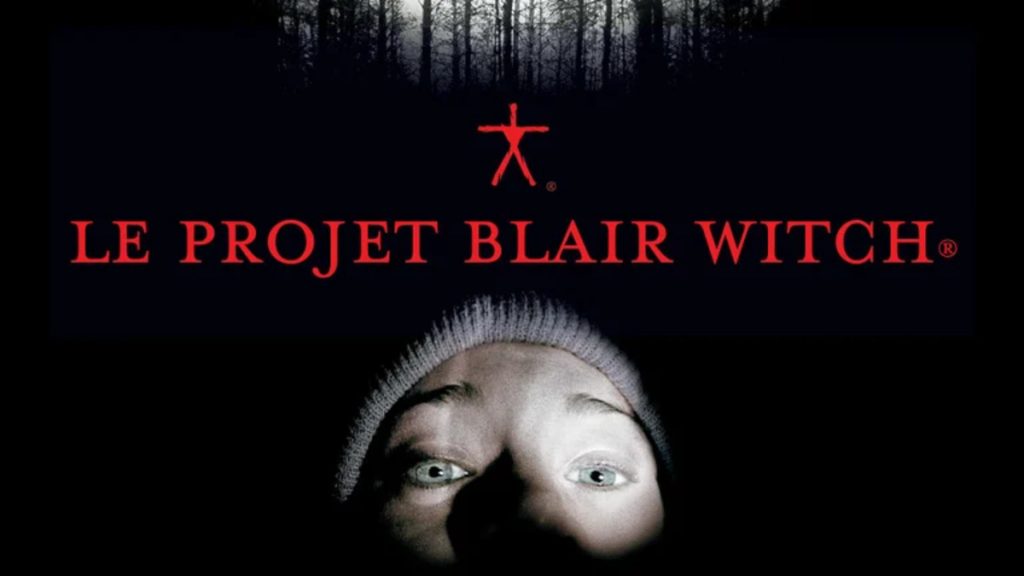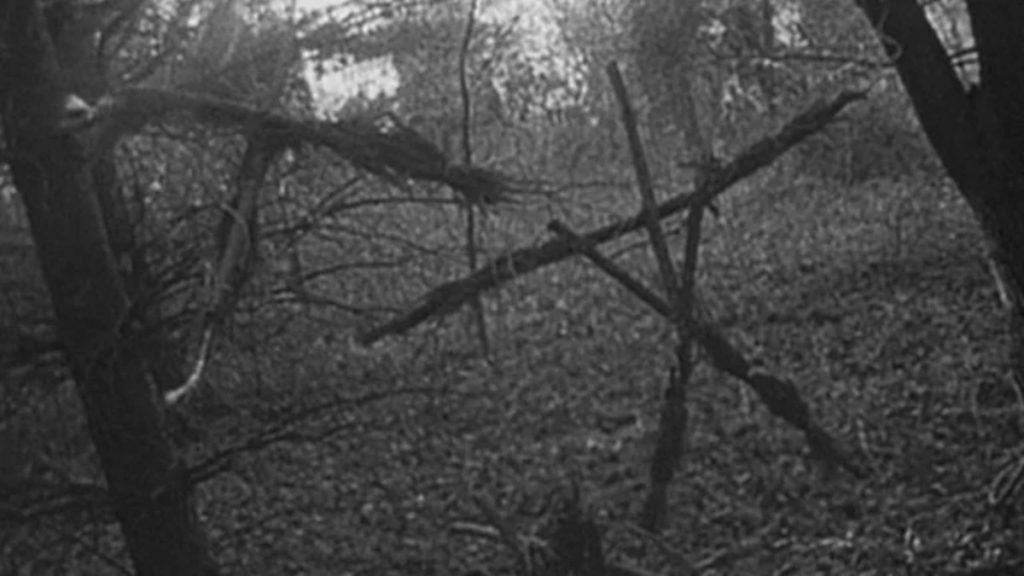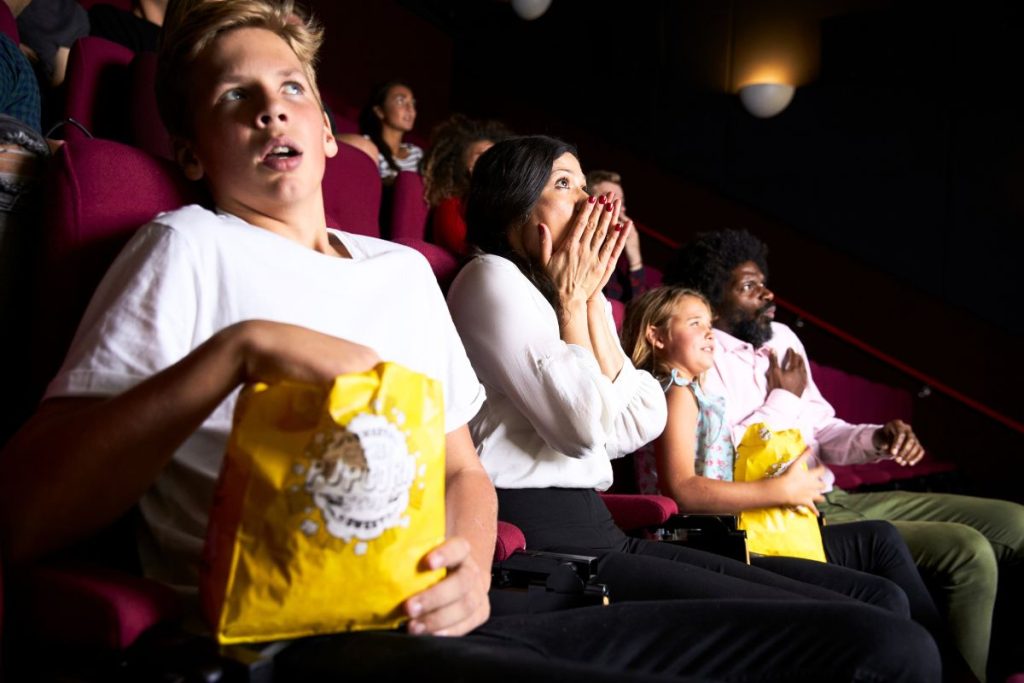Few writers loom as large in the world of terror as Stephen King. Since his debut novel Carrie in 1974, he’s churned out chilling tales at a remarkable pace—many adapted into iconic films and TV shows. You’d think the man who created Pennywise and Jack Torrance would be impervious to fright. Yet there’s one movie that left him reaching for the remote: The Blair Witch Project.
A Fractured Viewing Experience

King first encountered Blair Witch under less-than-ideal circumstances. He was recovering in a hospital bed, groggy on painkillers, watching a poor-quality bootleg on a tiny TV screen. As the trio of filmmakers wandered deeper into the woods, uncovering Lovecraftian symbols hanging from trees, King’s unease grew. He turned to his son and said, “Turn it off.” It was—he admitted—perhaps the only time he ever quit a horror movie halfway through. Those grainy images looked nothing like a polished Hollywood set; they felt like a genuine forest in which real people could vanish without a trace.
The Birth of a Groundbreaking Genre

What made The Blair Witch Project so innovative was its pioneering of the found-footage style. This approach presents the story as raw, recovered footage shot by the characters themselves—whether via camcorder or shaky handheld camera—creating an immediate sense of authenticity. At the time, no one knew if audiences would buy into this conceit, but its success spawned a wave of similar films: Cloverfield, Paranormal Activity, even non-horror experiments like Chronicle and the French comedy Play.
When you watch Blair Witch today, its technique may seem familiar—but in 1999, it was a revelation. Seeing it as King did, in that stark, unedited form, explains why even a horror veteran found himself genuinely spooked. After all, when the lines between fiction and reality blur so convincingly, sometimes the scariest monsters are the ones that feel all too real.



